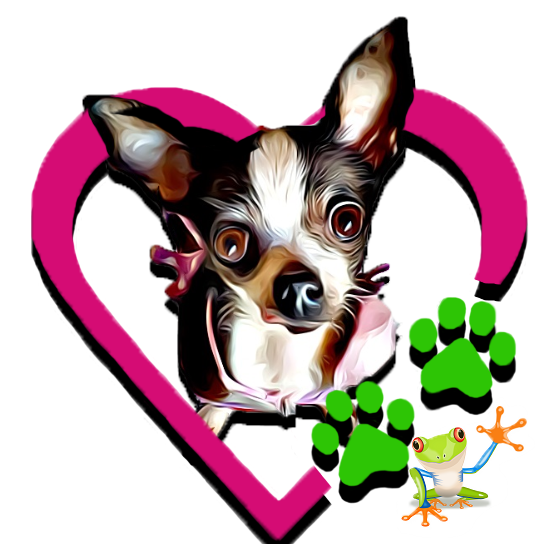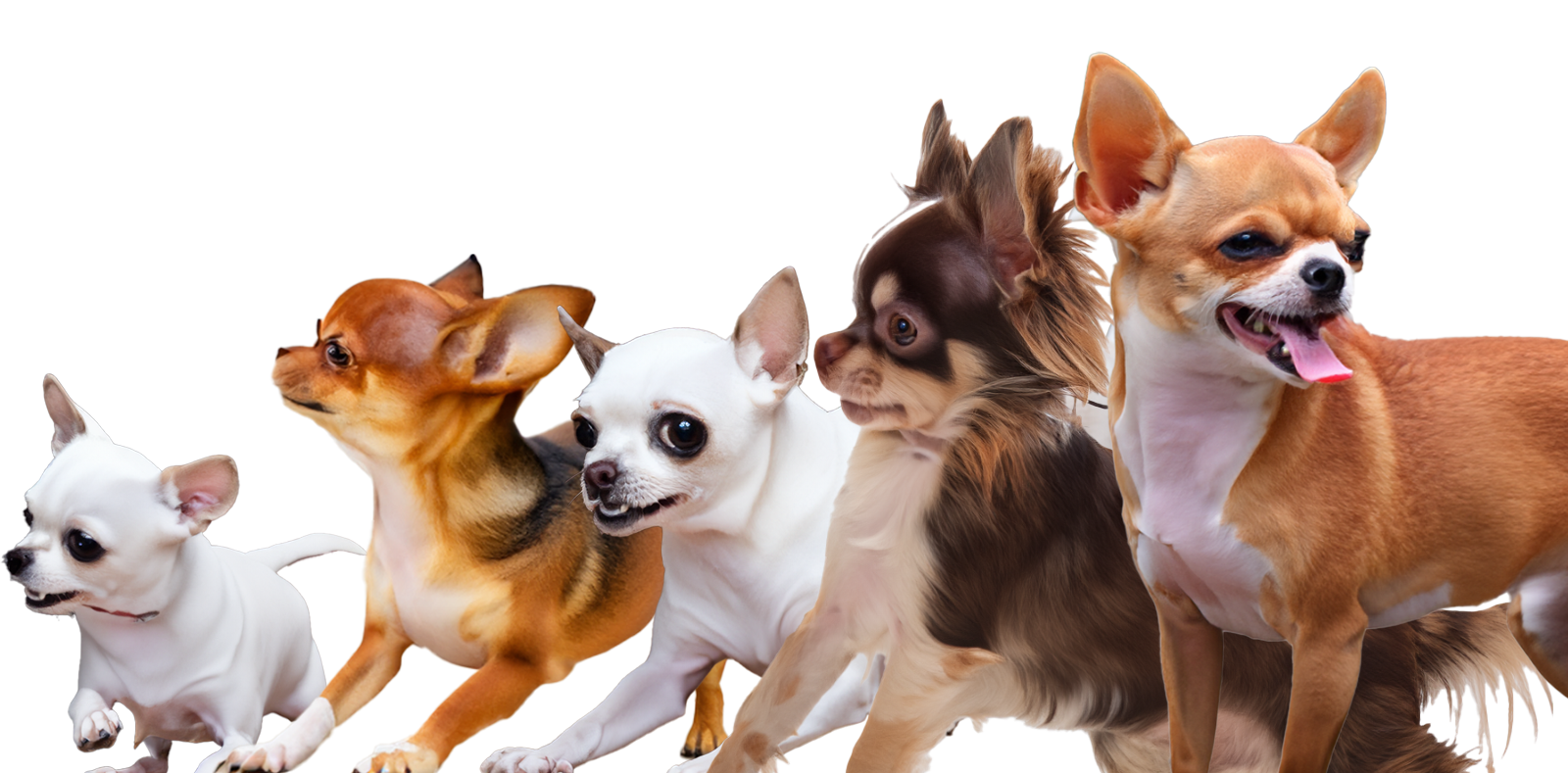


Animal Care
Bearded Dragon Care: Feeding, Housing, and Handling
Housing
Bearded Dragons should be housed in an enclosure with some room to run around. It should be about 5 times their length and as deep as about twice their length. The height of the enclosure can vary depending on the the design but should be at least 12" high to give them room to climb.
Your enclosure needs to be ventilated but also secure. Beardies can easily push lids off enclosures that are not locked.
Provide a good substrate for your beardie. In the wild, bearded dragons spend their entire life running across sands and pebbles. Many bearded dragon owners feel that using sand as a substrate can increase the chances of gut impaction. Gut impaction is when an object (or objects) are ingested by the bearded dragon and leads to a blockage of the intestinal tract. These blockages can most likely lead to death if not treated immediately. Because of this, care is needed when selecting a substrate to ensure it minimizes the chance of impaction. Pebbles, gravel and silica sand are the biggest contributors to impaction. Mulch and bark tend to hold too much humidity. Reptile carpet is a safe way to avoid impaction, followed by newspapers and Sani-Chips.
We use and recommend Sani-Chips as the ideal sub-strait or bedding. Remove any feces to keep the enclosure clean daily/weekly/as needed and do a complete sub-strait change every 2 months or as needed.
Your enclosure should have fresh water and if possible in a dish that is large enough for your beardie to soak in but not deep enough that they may drown. Soaking is an important part of the shedding process and also helps to eliminate mites and keep them regular. Make sure to check the water daily as they may have eliminated in it or it may become dirty with pieces of sub-strait in it.
Your enclosure needs to have a source of UVB lighting. UVB light regulates the synthesis of Vitamin D3, and it is Vitamin D3 that allows reptiles to properly absorb and metabolize calcium. Research has found both UVB and UVA light have many other benefits for reptiles as a whole, assisting the immune system, keeping the skin healthy, and with color vision.
Your enclosure also needs a temperature regulated warm side of about 80 degrees Fahrenheit and cool side in the lower 70's. Since beardies are cold blooded, it is essential that they are able to regulate their temperature based upon the environment. Too cold and they can no longer digest their food, too hot and they can overheat and die. Beardies, unlike snakes, like to get their heat from above rather than below. We recommend against under tank heat mats for glass enclosures and instead recommend Infrared ceramic or LED units for both wooden and glass habitats. You must run these with a thermostat regulator and you must make sure that the area of heat is the correct temperature. We recommend that you have a digital infrared thermometer to check the temps in different spots in the habitat regularly.
Your beardie should also have a place to hide so they can feel safe. Many will sleep in this spot as well. Make sure their hide is slightly larger than they are. It is best to have a hide available at both the hot side and the cold side so that they can choose which one to be in based upon what is best for digestion and/or comfort. You can use the hide in the warm side as a platform that they can climb on to get closer to their heat source too.
In Summary:
- Make sure your enclosure is at least as 4 times long as the lizard so they can stretch out and run. Ideally for an adult that would be at least 4ft x 18in x 18 in
- Make sure your enclosure has adequate ventilation but is also secure from escape.
- Provide a comfortable substrate that can absorb liquids and does not cause impaction.
- Provide fresh water, enough that your beardie can soak in.
- Make sure to provide a UVB light and heat source from above to help keep them healthy.
- Make sure to provide a temperature regulated heat source as well as a cool side to your enclosure.
- Have the tools to manage and check the temps.
- Make sure your beardie has a place to hide.
Diet and Feeding
What Do Bearded Dragons Eat
Even though bearded dragons have exploded in popularity over the past few years, they are still considered and exotic pet and have very specific diets. So what exactly can a bearded dragon eat? This page will go over everything you need to know about feeding your bearded dragon.
Bearded Dragon Diets
Bearded dragons are omnivores, meaning that they eat both plants and animals. Generally when bearded dragons are very young, they eat 80% bugs and 20% plants, however sometimes people have trouble getting their dragons to eat any vegetables at all when they are young. Adult bearded dragons are nearly the exact opposite and their diet will consist of 80% plants and 20% bugs and insects.
Safe Multi-Vitamins Do Exist
The best multivitamin that we have found is Herptivite Multivitamin for Reptiles, because unlike other multivitamins it will not cause vitamin A poisoning. This is because it uses natural vitamin A which cannot poison reptiles, making it extremely healthy and safe for bearded dragons. You will want to sprinkle this on their food at meal time.
Source: http://www.thebeardeddragon.org/bearded-dragon-diet.php
What Bugs and Insects Do Bearded Dragons Eat
Bearded dragons will eat just about any insect that moves, however it is up to their owner to make sure that they only eat safe bugs. Below is a list of the most common bugs that owners will feed their bearded dragons:
Black Soldier Fly Larvae
Butter worms
Cockroaches
Crickets
Earthworms
Hornworms
King worms
Mealworms
Phoenix worms
Redworms
Roaches
Silkworms
Wax worms
You should never feed your bearded dragon bugs that you have found in your house or property because those bugs could contain parasites and/or pesticides that may cause negative health effects on bearded dragons.
Should You Buy Crickets or Dubia Roaches
Two of the most common feeder insects for bearded dragons are dubia roaches and crickets. While both crickets and dubia roaches are considered healthy for bearded dragons, each insect has its own pro's and con's, which can make it a bit difficult for beardie owners to choose the right insect for their needs. We have created a list of the pro's and con's for both crickets and dubia roaches below so you can better determine the best feeder insect for your needs.
Cricket Pro's
They aren't roaches (which creep some people out)
Don't immediately hide/bury themselves
Have a softer shell
Cricket Con's
Smell bad
Chirp and make sounds
Jump and can escape easier
Are more difficult to breed
Get dirty easily and can carry parasites
Dubia Roach Pro's
Are quiet
Can't jump and rarely escape
Don't smell bad
Have a longer lifespan than crickets
Are very clean and don't carry parasites
Extremely easy to breed
Are more resilient and live longer than crickets
Dubia Roach Con's
They will hide/stand still making it more difficult for reptiles to spot them
Takes longer to sort them by size before feeding
Their hard shell makes dusting them more challenging than crickets
They are roaches, which creep some people out
The Bottom Line - Both crickets and dubia roaches are healthy for bearded dragons and other reptiles that eat insects. If you're looking for the best insect for your reptile, we recommend dubia roaches because they are less likely to carry parasites and have twice the protein crickets do. However, reptiles can be picky eaters and some beardies prefer crickets over dubias and vice versa so experimenting with both may be helpful if your beardie is a picky eater. Dubia Roaches
What Vegetables Do Bearded Dragons Eat
There are many vegetables that are safe for bearded dragons to eat. In fact, we have a list of over 50 safe vegetables to feed your bearded dragon on our bearded dragon diet page. Below is a list of the most common staple vegetables that you can feed your bearded dragon every day:
Acorn squash
Artichoke Heart
Asparagus (Raw)
Bell Peppers (Raw)
Bok choy
Butternut squash
Cabbage (Raw)
Carrots
Celery
Chicory
Collard greens
Cucumber (Peeled)
Lentils (Cooked)
Endive
Kale
Mustard greens
Okra (Raw)
Parsnips
Pumpkins
Spaghetti squash
Turnip greens
Yams (Raw)
Zucchini (Raw)
Yellow squash
What Fruits Do Bearded Dragons Eat
Besides plants and insects, bearded dragons will also eat fruit. The following list of fruit is safe for you to feed your bearded dragon. For a much larger list of safe fruit please visit our bearded dragon diet page.
Apples
Apricot
Blackberries
Blueberries
Cherries
Figs
Grapes
Guava
Mango
Melons
Nectarine
Papayas
Peaches
Pears
Pineapple
Plum
Prunes
Raisins
Raspberries
Strawberries
Watermelon (no seeds)
Warnings About Feeding Bearded Dragons
Bearded dragons can sometimes accidentally ingest the substrate around the food they're eating. Because of this, it is not recommended to feed smaller bearded dragons in tanks with loose substrate. Usually older bearded dragons are more accurate with eating and have an easier time dealing with the little substrate they may occasionally ingest, however you will need to keep this in mind with younger bearded dragons.
Foods to Avoid
To keep your bearded dragon healthy you will need to make sure they stay on their diet. There are also some foods which are unhealthy for them or lethal for them to eat. Make sure they do not eat any of the below items:
Iceberg Lettuce - Since lettuce is mostly water it is not nutritious for bearded dragons. Because of this it is best to avoid feeding your bearded dragon lettuce or any greens with the word "lettuce" in the name.
Spinach - Spinach is also another food to avoid. While spinach is healthy, calcium binds easily to it which can make it hard for your bearded dragon to digest.
Insects Captured in the Wild - Never feed your bearded dragon any insects you catch yourself. The insects you catch probably have parasites on them and contain trace amounts of pesticides, both of which can make your bearded dragon sick.
Fireflies or Insects that Glow - If a bug or insect glows in the dark, then do not feed it to your bearded dragon. Even one of these bugs can be lethal to an adult bearded dragon.
Avocados - Do not feed your bearded dragons avocados. They are toxic, but their toxicity levels are unknown; however, they are deadly for birds.
Source: http://www.thebeardeddragon.org/bearded-dragon-diet.php
For more complete details you can go to http://www.thebeardeddragon.org/bearded-dragon-diet.php
Source: http://www.thebeardeddragon.org/what-do-bearded-dragons-eat.php
Sources
http://www.lovebeardies.com/information/bearded_dragon_food_and_nutrition.html
http://blackninjakitty.com/herps/care/troystuttlegreeniglist.htm
http://www.ehow.com/list_5915274_list-foods-bearded-dragon.html
beardeddragoncaresheet.weebly.com
Handling
Beardies in general can be tamed very easily. There are a few do's and don'ts however.
To pick up a Beareded Dragon, bring your hand to their level and pick them up gently and slowly, supporting their body weight with your palm.
Never pick up a beardie by the tail or legs.
Allow your beardie to hold on to your hand. In time they may become comfortable trusting you by relaxing their feet, but initially they need to be able to hold onto you.
Beirdies like to watch their surroundings, so they can be comfortable using you as a lookout point and may prefer to be on your shoulder - or even your head.
In the wild, large birds are natural predators so you may find your beardie gets nervous in open spaces, especially with a view of the open sky.